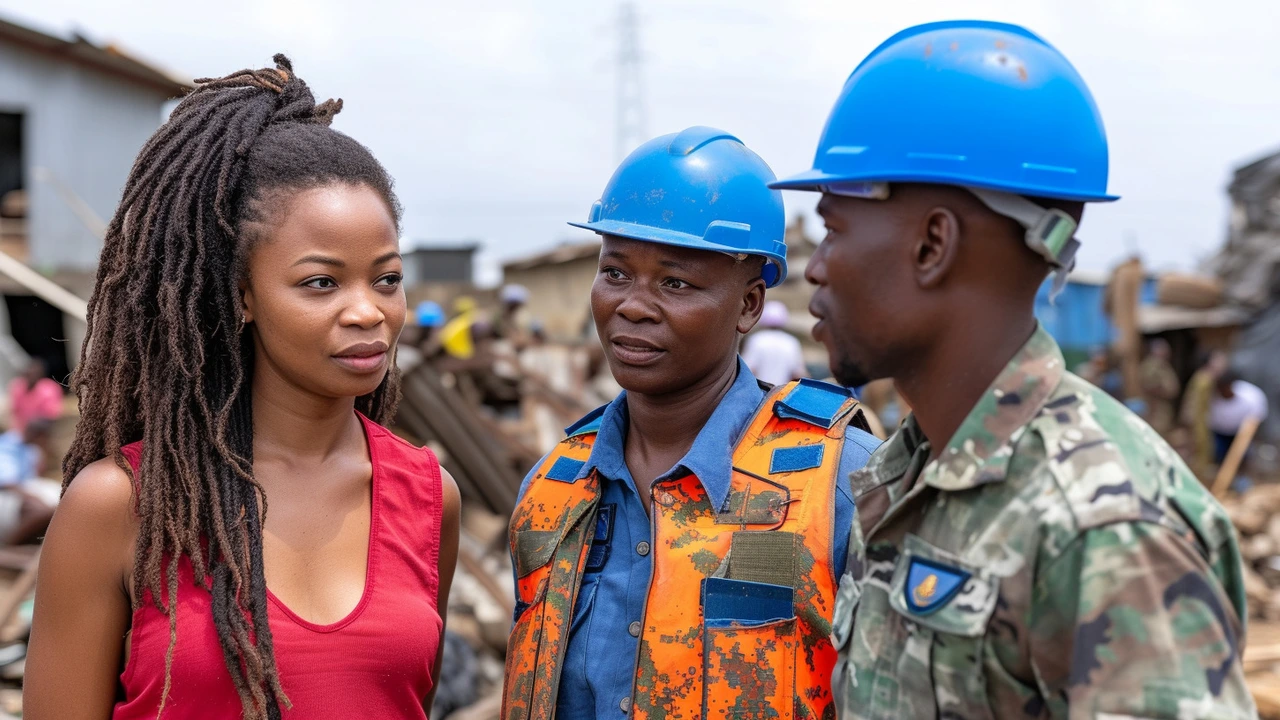Thousands of uniformed and civilian personnel serve in international peacekeeping missions around the world. You’ve probably seen the blue helmets on the news, but what do they really do? Peacekeeping is a mix of protecting civilians, monitoring ceasefires, helping build local institutions, and supporting safe elections. It’s not always combat; most tasks are about preventing violence and helping societies return to normal.
Peacekeeping missions are usually set up by the United Nations or regional bodies like the African Union. Each mission gets a clear mandate — that tells them what they can and cannot do. Common tasks include patrolling conflict zones, creating safe zones for civilians, escorting humanitarian convoys, training local police, and helping communities resolve disputes. Many missions also monitor human rights and collect data that helps diplomats negotiate long-term deals.
Peacekeepers come from many countries and work side by side with civilian experts: mediators, judges, election advisers, and engineers. That mix helps missions handle both urgent dangers (like armed clashes) and long-term issues (like rebuilding schools and courts). When missions stick to their mandate and work with local leaders, they can reduce violence and create space for politics and development.
Peacekeeping isn’t easy. Missions often face limited resources, unclear mandates, and hostile armed groups. Consent from the host country matters a lot; without it, peacekeepers can be blocked or targeted. Rules of engagement can limit what peacekeepers can do when civilians are at risk. Still, missions adapt: they use better intelligence, drones for surveillance, medical evacuation teams, and quick-reaction forces to respond faster. Training on local culture and human rights has also improved outcomes in many places.
Another practical challenge is coordination. Multiple international organizations, NGOs, and local authorities operate in the same area. Clear communication and shared goals cut duplication and reduce friction. When peacekeeping teams include local voices and prioritize protecting civilians, trust grows — and violence often falls.
If you follow peacekeeping news, focus on mandate changes, troop contributions, and local political talks. Those three things shape what a mission can achieve week by week.
Want to learn more or help? Read mission briefings on the UN website, follow reliable NGOs working on the ground, or support veteran groups helping returning peacekeepers. If you’re thinking about a career, study international relations, human rights, or logistics — missions need planners, lawyers, doctors, engineers, and translators as much as soldiers.
International peacekeeping is a tough, practical work: it mixes security, politics, and community rebuilding. When it works, it stops killing and gives people a real chance to rebuild their lives. That’s why paying attention and supporting clear, accountable missions matters.

Hey there, lovely people! You know, it's incredible how much we've come to lean on peacekeepers to hold the fragile threads of peace in hotspots across the globe. It's like they're the glue keeping communities from falling apart amidst conflict. I've been pondering over this massive web of trust we've put in these brave souls, who wear blue helmets and stand as barriers against chaos. It feels both awe-inspiring and a bit scary, doesn't it? Their steadfast presence in tumultuous areas is a testament to our collective hope for a world where guns are silenced by dialogues and handshakes.
